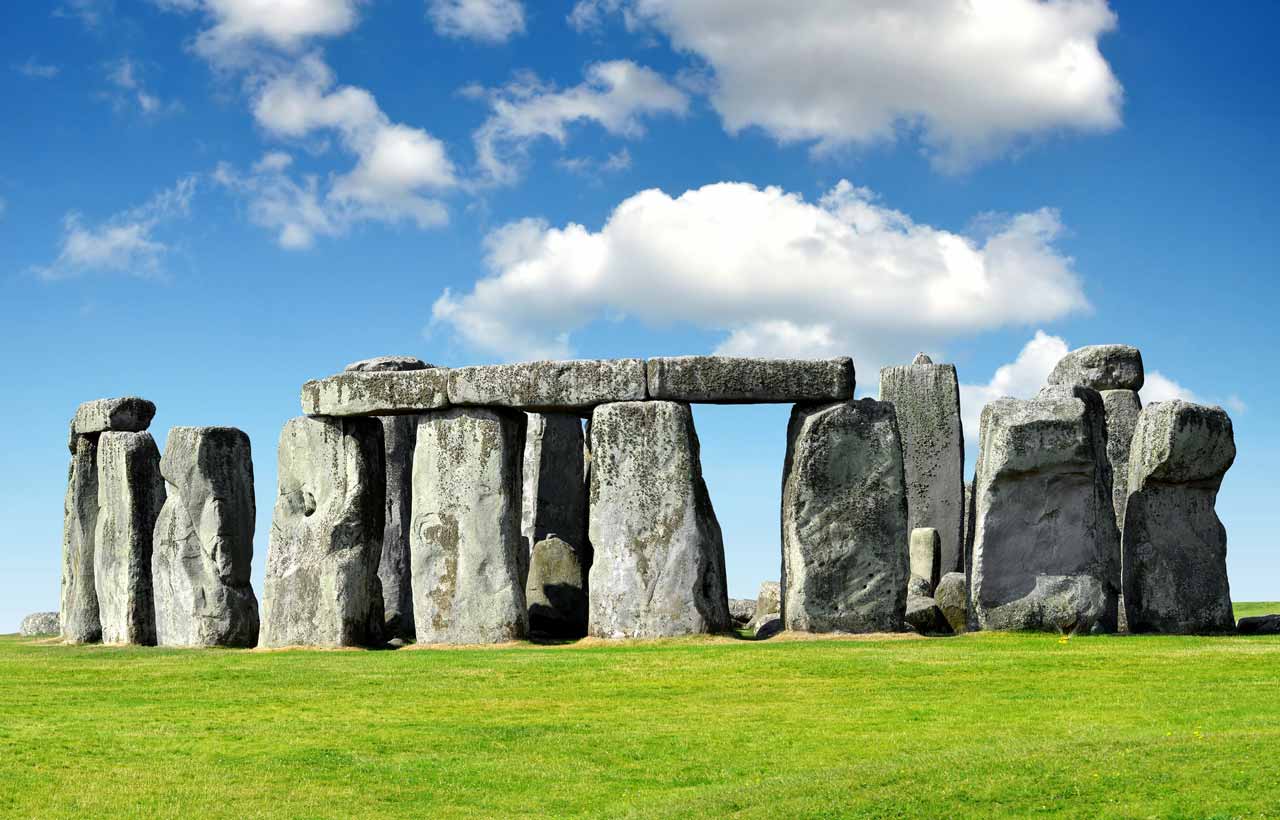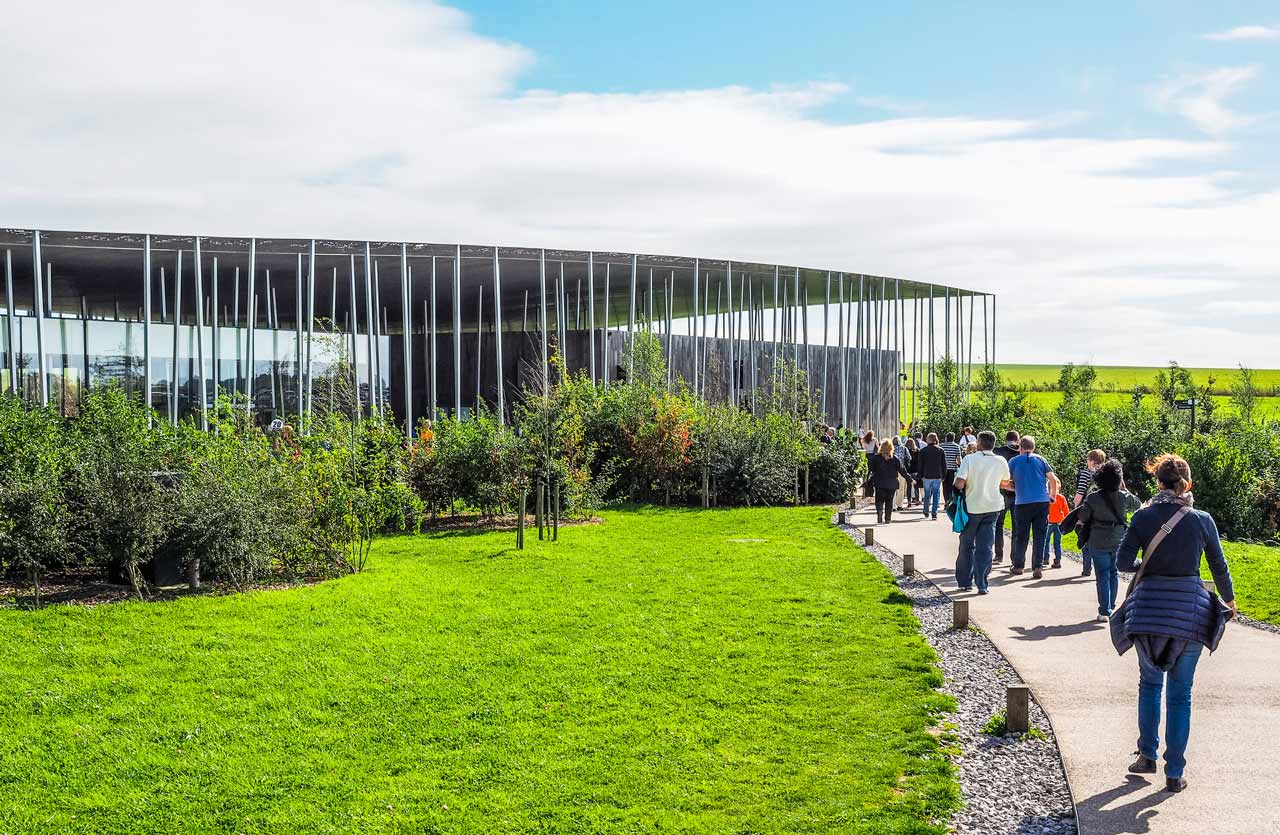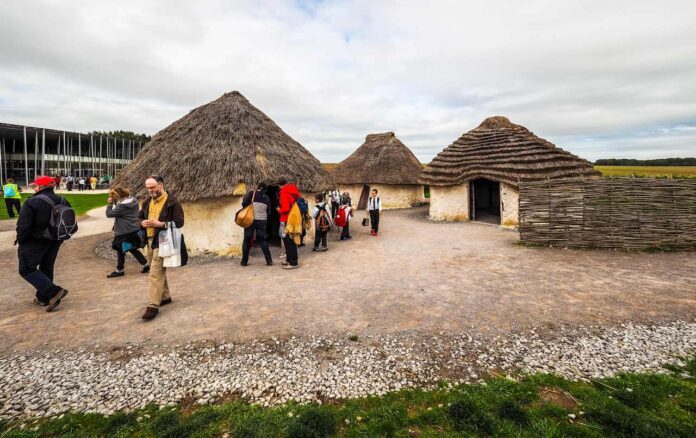Frequently Asked Questions (FAQ) about the Stonehenge Site
Is there a picnic area on site?
Yes, there are several picnic benches and outdoor seating areas available near the visitor centre. These may be used by all guests. Along the walking path to the stone circle, you will also find occasional rest areas with scenic views of the landscape.
Visitors are welcome to bring their own food and drinks. However, open fires and barbecues are strictly prohibited. Please help us keep the site clean by using the waste bins provided. In poor weather conditions, we recommend using the café at the visitor centre.
Is Stonehenge suitable for families with children?
Absolutely – Stonehenge is a family-friendly destination with offerings suitable for visitors of all ages. Children can explore the reconstructed Neolithic houses, engage with interactive elements in the exhibition, and enjoy a child-friendly version of the audio guide.
During school holidays, English Heritage regularly offers family activities, hands-on experiences and guided tours. Pushchairs are permitted in the visitor centre and on paved pathways. Please note that the open landscape around the stone circle may not be suitable for all pushchairs.
Are there toilets and baby-changing facilities?
Yes, modern toilet facilities are available at the visitor centre, including accessible WCs and baby-changing stations for families with young children. The facilities are located in the main building near the café and gift shop, and are accessible before and after your visit to the stone circle.
Please note that there are currently no toilet facilities located directly at the monument itself. We recommend planning your visit accordingly, particularly if you choose to walk from the visitor centre.
Is the site accessible for visitors with limited mobility?
Stonehenge is largely accessible. The visitor centre, exhibition, shop and café are all on one level. The shuttle bus to the stone circle is wheelchair-accessible, as is the main paved path around the monument.
An accessible version of the audio guide is available, and accessible toilet facilities are provided. Please note that some areas of the landscape near the stone circle are uneven and may be difficult to navigate in adverse weather. If you have specific access requirements, we recommend contacting the visitor services team in advance.
May I bring my dog to Stonehenge?
Pets – including dogs – are not permitted anywhere on the Stonehenge site, including the visitor centre and the path around the stone circle. An exception is made for assistance dogs, provided they are clearly identified and trained for the role.
Please do not leave pets in your vehicle, as the car park does not offer shaded areas or facilities for animal care. We recommend making alternative arrangements in advance if you are travelling with a dog.





